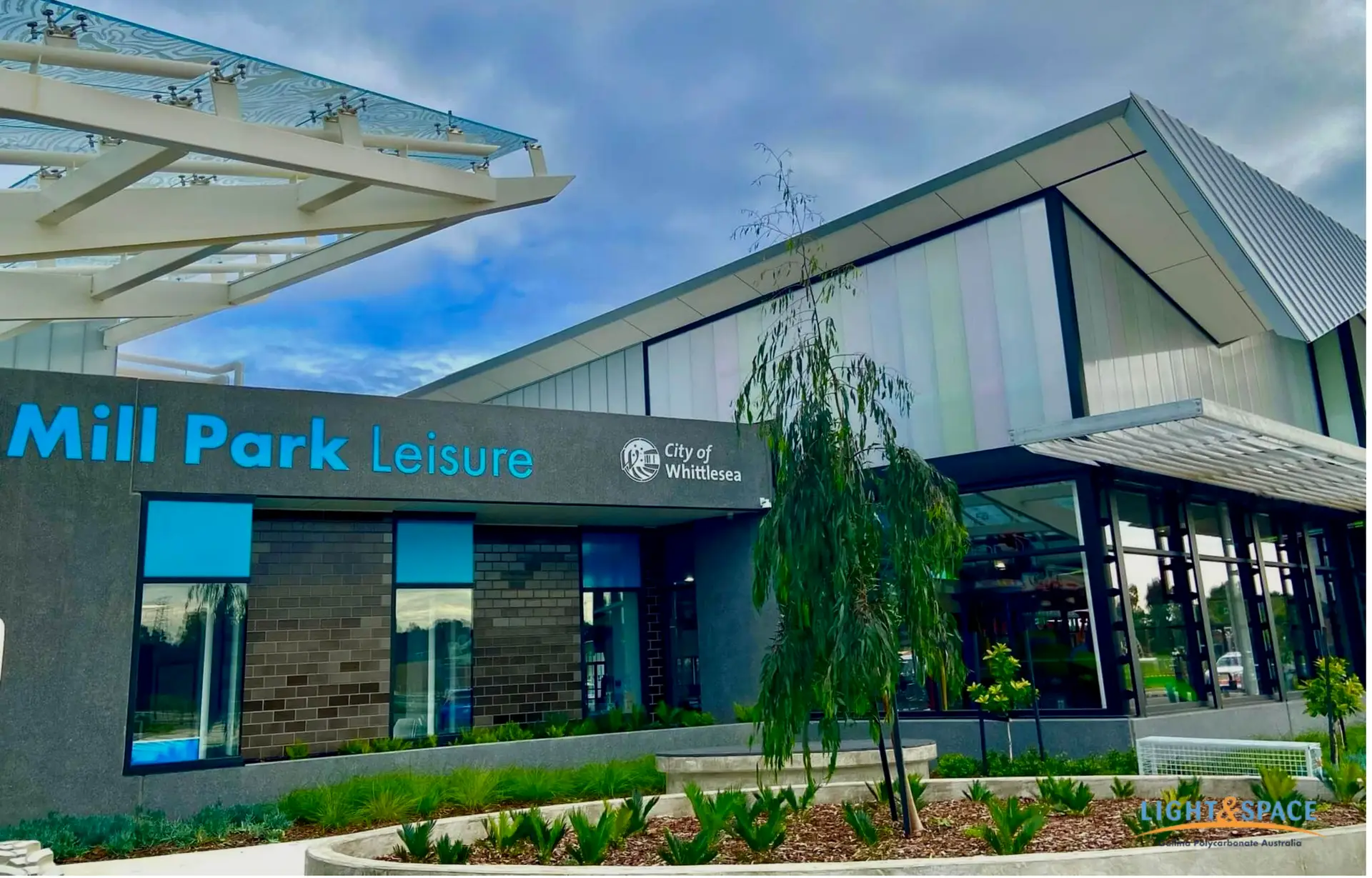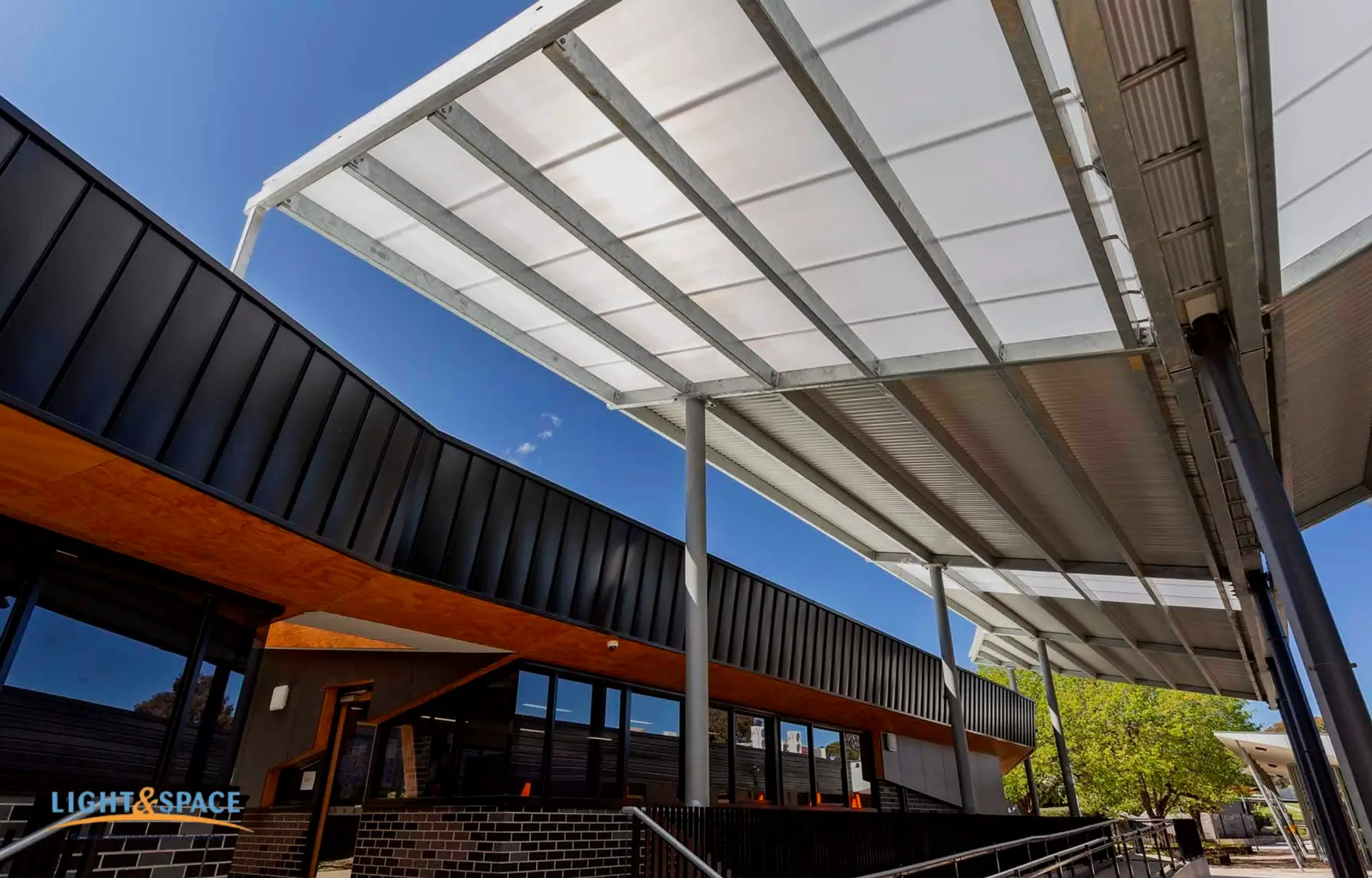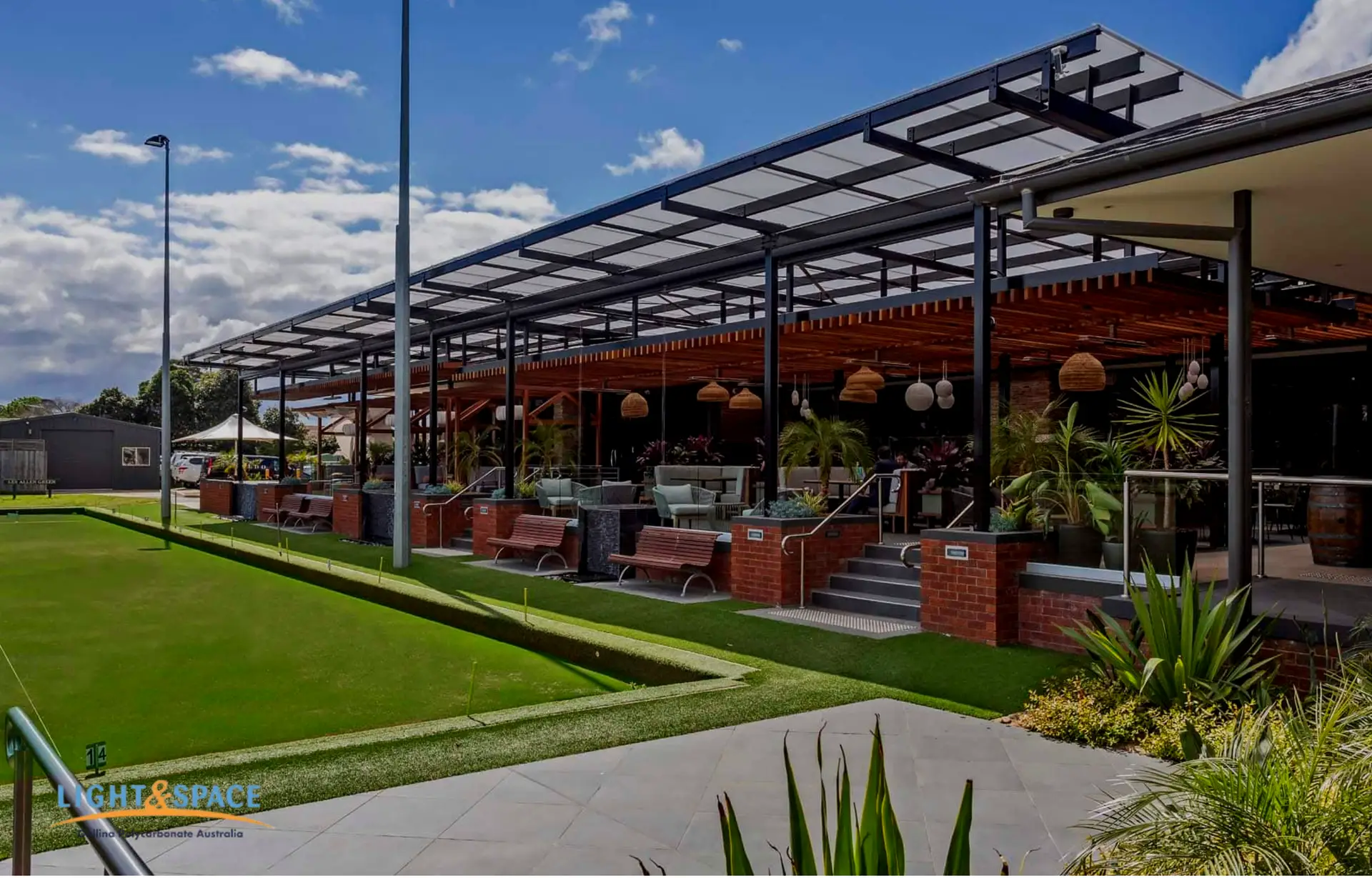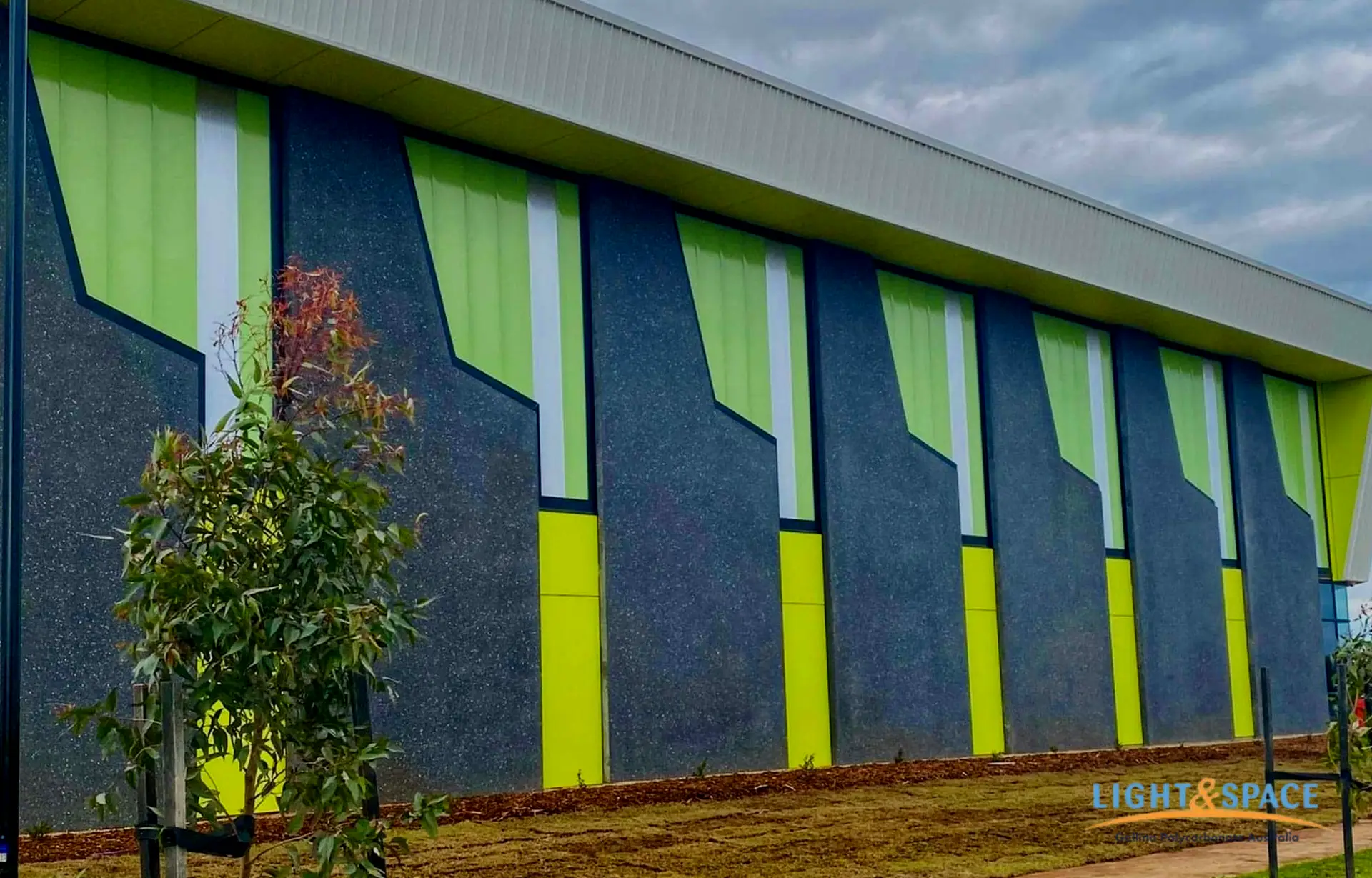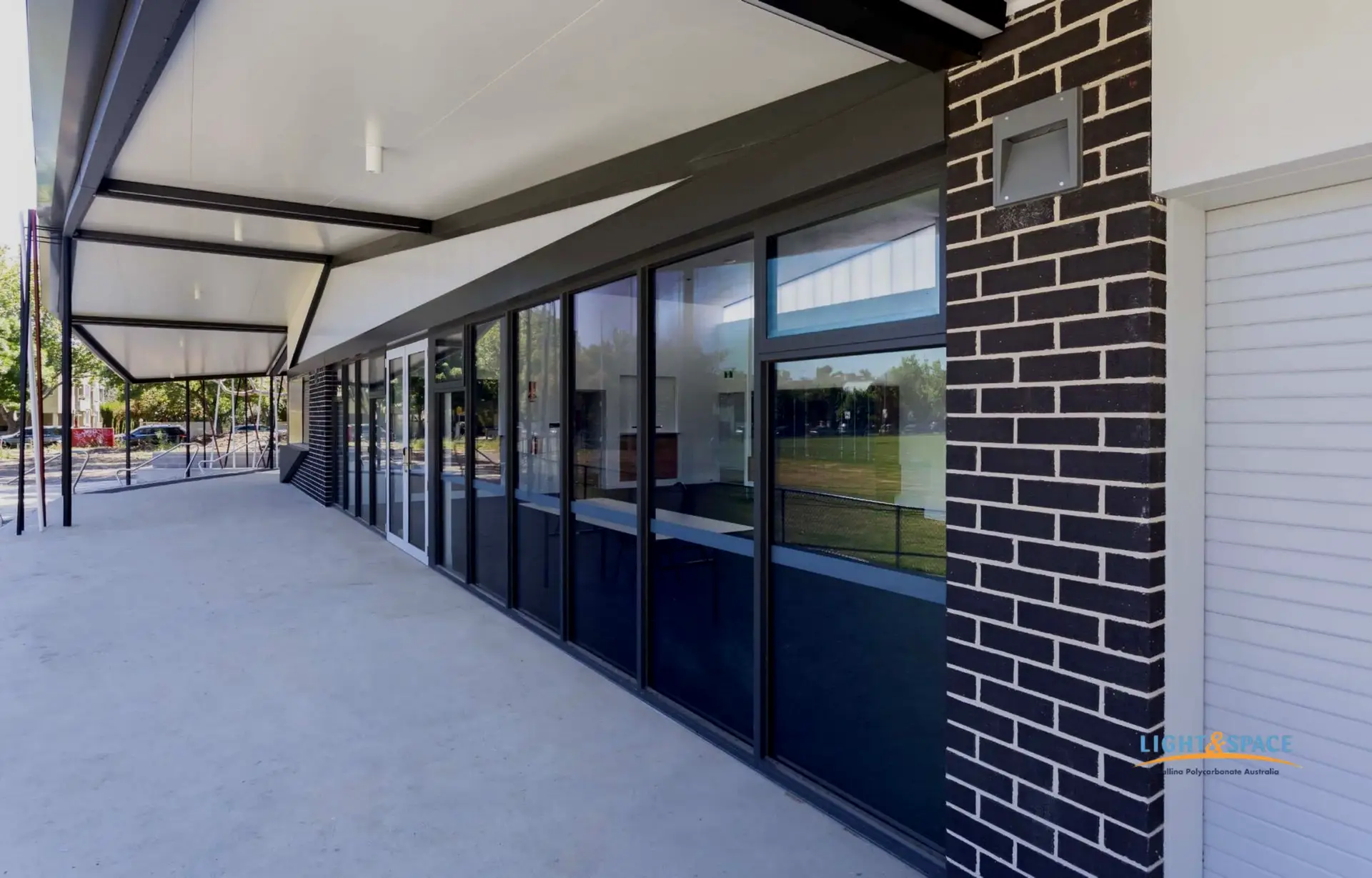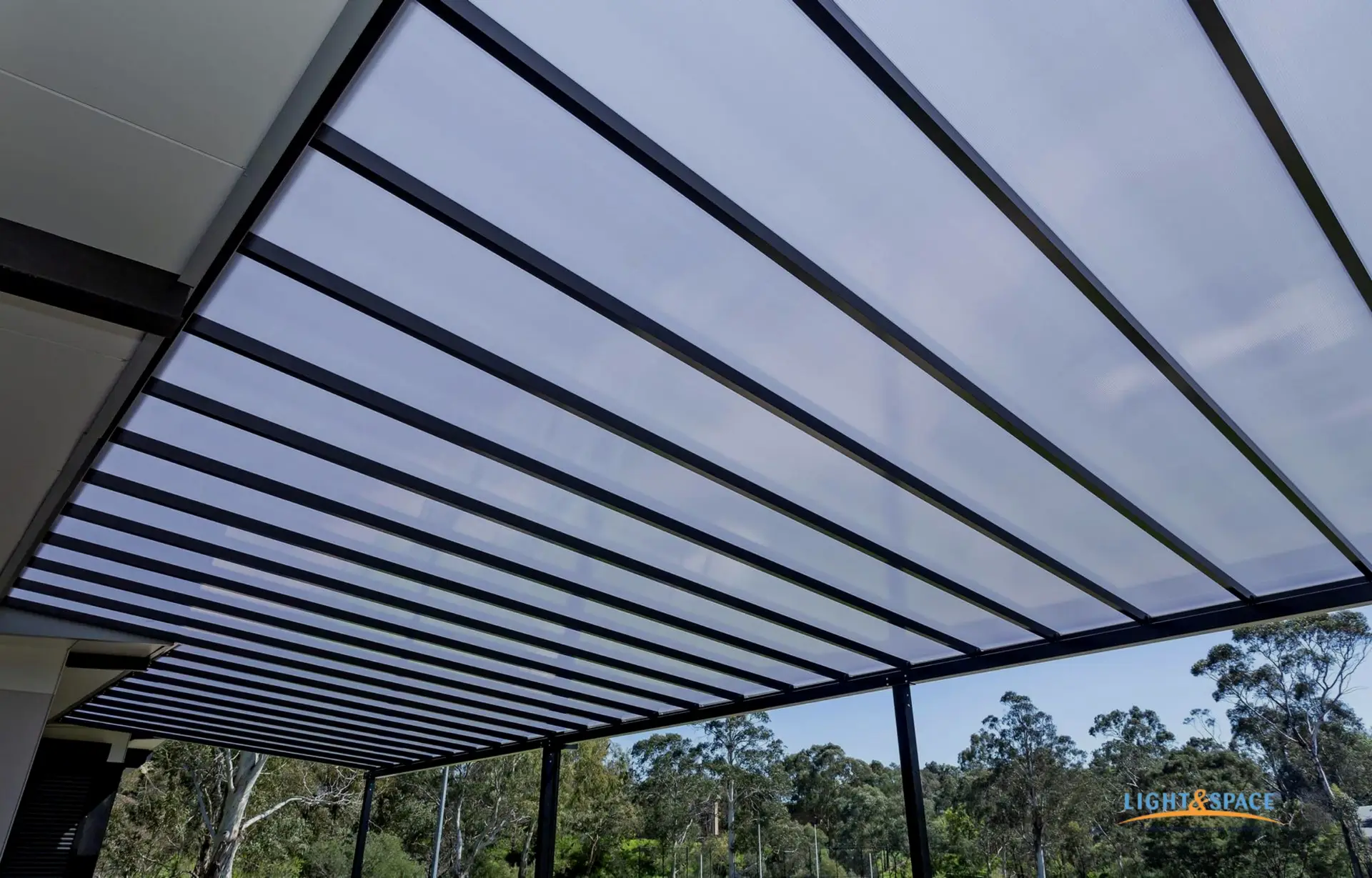Innovative Facade Systems – Enhancing Architectural Aesthetics
Overview of Facade Systems
Facade systems are the exterior elements of a building that serve as its face. They are critical in defining the overall aesthetic quality of a structure while playing essential roles in protecting the building from environmental elements, enhancing energy efficiency, and contributing to its structural integrity. In modern architecture, the facade is not just a protective layer; it is a canvas for creativity, innovation, sustainability, and interaction with the surrounding environment.
The importance of facades in modern architecture cannot be overstated, as they play a crucial role in aesthetics, energy efficiency, and environmental protection. Here’s a detailed discussion on these three key aspects:
Aesthetics
- Visual Identity: The facade is often the first element that people notice about a building. It defines the architectural style, character, and identity of the structure. A well-designed facade can enhance the visual appeal of a building, making it stand out in its environment and becoming a landmark.
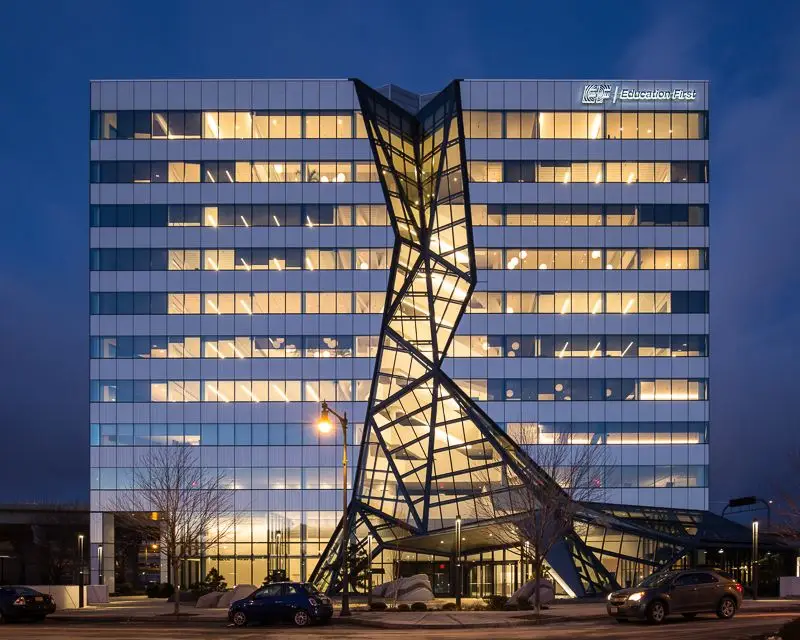
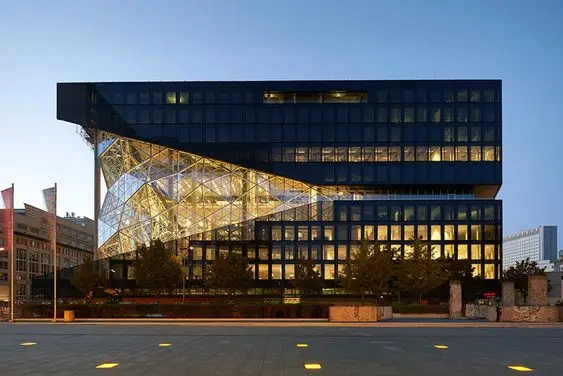
- Integration with Surroundings: Facades can be designed to harmonize with adjacent buildings and the surrounding landscape, promoting a cohesive urban environment. Materials, colors, and design elements are essential in blending or contrasting with the physical context, contributing to the overall attractiveness of a neighborhood.
Energy Efficiency
- Thermal Performance: The facade is a critical barrier between the interior environment and external weather conditions. A well-insulated facade minimizes heat loss in the winter and keeps indoor spaces cool in the summer. Elements such as double glazing, thermal breaks, and reflective coatings can significantly improve thermal performance, leading to reduced energy demands for heating and cooling.
- Natural Light Utilization: Facades designed with ample windows and skylights can maximize natural light, reducing reliance on artificial lighting during the day. Proper orientation and the use of light-shelf systems can enhance daylight penetration while minimizing glare and heat gain, fostering a comfortable indoor environment.
- Energy Generation: Innovative facade designs can integrate renewable energy technologies, such as photovoltaic panels and green roofs. Such systems can harness solar energy, contributing to the building’s power needs and promoting sustainable practices.
Environmental Protection
- Sustainability: Facades contribute to a building’s overall sustainability profile. Utilizing eco-friendly materials, such as recycled content or sustainably sourced wood, enhances the building’s environmental credentials. Efficient facade systems also reduce operational energy consumption, thereby lowering the carbon footprint.
- Water Management: Features like rainscreen systems help manage rainwater, directing it away from the building’s structure and reducing the potential for water damage. Green facades can improve stormwater management by absorbing rain and reducing runoff, which is particularly crucial in urban areas prone to flooding.
- Biodiversity: Integrating natural elements within a facade, such as planting living walls or vertical gardens, supports local biodiversity. These features provide habitats for various species and contribute to urban greening initiatives, improving air quality while promoting ecological balance in densely populated areas.
WHY USE ARCOWALL BY DOTT.GALLINA?
With more than 50 years experience, you can rest assured that your in good hands when you choose dott.gallina’s popular arcoWall product. This is a modular system of coextruded polycarbonate roofing panels and exclusive aluminium profiles that are suitable for varied solutions and can be customised to meet the needs of any project.

